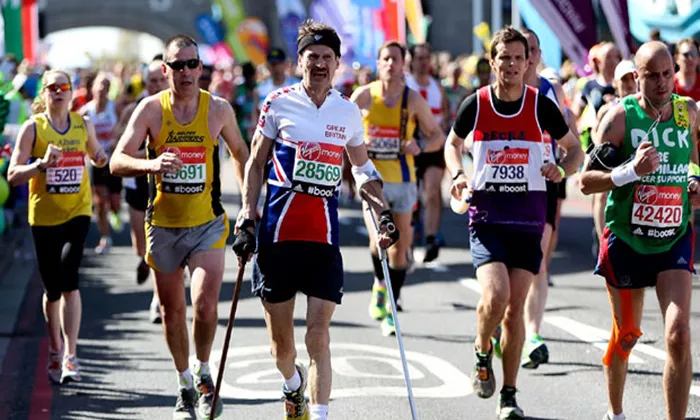A new study reveals that, despite the rising popularity of marathons in the U.S., the risk of dying from a heart attack during a run has significantly decreased in recent years. The findings, published in JAMA, show that while the incidence of cardiac arrests during marathons has remained steady, the survival rate for runners suffering such events has doubled.
The research, led by Jonathan Kim, associate professor at Emory School of Medicine, builds upon his 2012 study, which was the first to investigate unexpected cardiac arrests during long-distance running events. Kim’s latest study highlights a critical trend: fewer marathon participants who experience cardiac arrest are dying from it.
“The continuing reports of tragic cardiac arrests during long-distance running events raise important questions,” Kim explained. “Has the incidence changed? What factors contribute to death and survival? These are vital questions, especially with recreational running becoming more popular.”
Increasing Marathon Participation and a Changing Landscape of Survival
Between 2010 and 2023, over 29 million people completed marathons in the U.S., a threefold increase compared to the previous decade. However, there is no central database for race-related cardiac events, which posed a challenge for Kim’s team in gathering comprehensive data for both studies. To fill this gap, they reached out to race directors and used media reports to track incidents, ultimately gathering information from approximately 70% of the race organizers.
The researchers also conducted detailed profiles of cardiac arrest survivors and their families using public records and online searches. The analysis revealed that while the rate of cardiac arrests during marathons remained relatively unchanged—0.60 per 100,000 participants in the recent period versus 0.54 per 100,000 in the earlier study—deaths from these events dropped dramatically. The death rate fell from 0.39 per 100,000 to 0.19 per 100,000 participants, marking a 50% decline since the early 2000s.
As in previous years, cardiac arrests were more common among men and more prevalent in marathons compared to half marathons.
The Role of Awareness and Immediate Response
What accounts for this significant improvement in survival rates? Kim attributes the change to a greater awareness of the risks associated with cardiac arrest and the increased availability of emergency medical services at races. His team found that all survivors of cardiac arrest received hands-on cardiopulmonary resuscitation (CPR), with the vast majority also having immediate access to an automated external defibrillator (AED).
“The key difference is the availability of AEDs,” Kim said, noting that survival rates for cardiac arrest in other public places, such as airports and casinos, have seen similar improvements due to the routine presence of defibrillators.
Kim emphasized that making CPR training available to participants and strategically placing defibrillators along racecourses is essential to further reducing death rates. Identifying vulnerable individuals, particularly older participants with hidden cardiovascular risks, could also play a significant role in prevention.
“These are often preventable events,” Kim added. “Identifying at-risk individuals before they participate in races offers an opportunity to improve cardiovascular care and lower the risk of cardiac arrest.”
Continued Awareness
Kim’s findings underscore the importance of continued research in this area, especially given that the incidence of sudden cardiac arrest during long-distance races has remained stable over the past two decades. With more people running marathons than ever before, there is an urgent need for ongoing efforts to prevent these potentially deadly events and ensure that life-saving measures are in place.
As recreational running continues to grow, Kim’s study provides a critical reminder of how far the sport has come in terms of safety and awareness, and how further improvements can continue to save lives.
Related topics:
Middle-Aged Men Most at Risk of Sudden Cardiac Arrest in Sports
Maintaining Healthy Lifestyle Habits Reduces Cancer Risk, Study Shows
Lower Blood Pressure Cuts Heart Death Risk in Seniors

